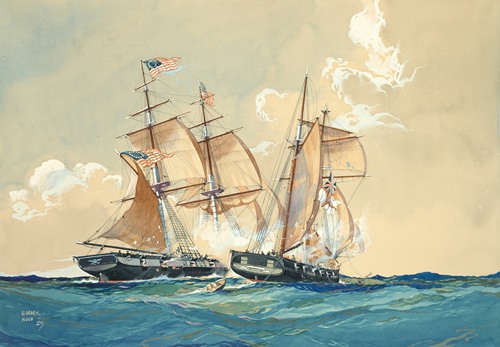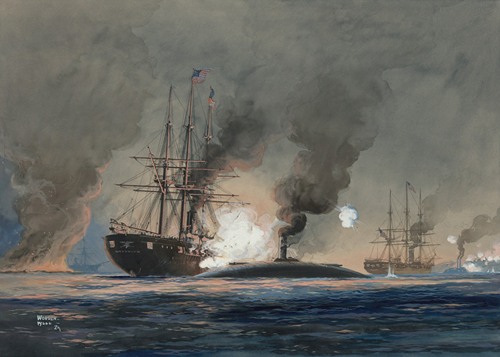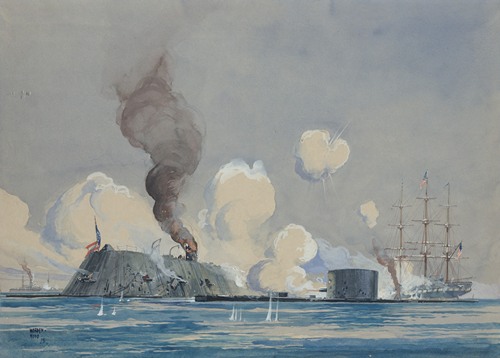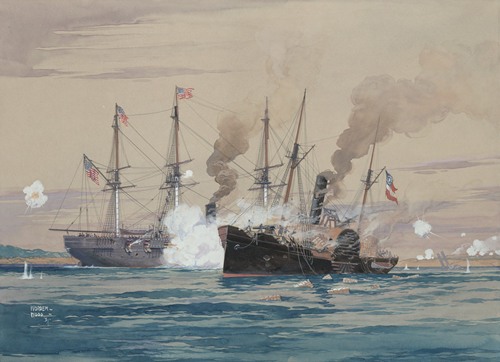Worden Wood
Worden Wood was an American illustrator and marine painter. He was one of the artists who anonymously drew 'Buster Brown' in the New York Herald, while its creator Richard F. Outcault was drawing the same strip in the American Journal-Examiner.
Worden G. Wood was born in Brooklyn, New York City in 1880. He attended Trinity School and Columbia University. At the outbreak of the Spanish-American War in April 1898, he joined the US Naval Reserve and served aboard the Yankee clipper. Later, he also served under General John J. Pershing in his pursuit of Pancho Villa. Back in civilian life, he became an illustrator and art director. He worked for various book and newspaper publishers, including the MacMillan Company, the New York World, the New York Herald, and the Boston Herald, a paper for which he wrote about yachting.
Within the realm of comics, he is an interesting footnote in the history of 'Buster Brown'. The strip was created by comic pioneer Richard F. Outcault for the New York Herald in 1902. By 1905, Outcault got a more lucrative deal from William Randolph Hearst's The New York American. He took his well-known characters Buster Brown, Mary Jane and the dog Tige with him, but wasn't allowed further use of the title 'Buster Brown'. Therefore, titles like 'Buster and Tige' and 'Buster and His Friends' were used alternately in The American from 14 January 1906 onwards, while the Herald continued to print 'Buster Brown'. Herald editor Reick hired a host of anonymous artists and writers to continue the strip about the mischievous little boy, although with slightly redesigned characters. William Lawler was the main artist of the Herald's imitation, which ran from January 1906 until 1914. Other involved artists were Wallace Morgan, Norman Jennett and Winsor McCay. Worden Wood was responsible for a noteworthy series from 1909, in which the mischievous boy travels to Africa and Europe by boat. Despite the more adventurous setting, Buster continued to prank, and each episode ended with a typical moral lesson. The story was collected in the booklet 'Buster Brown on His Travels' by Cupples & Leon in 1910.
In April 1917, Worden Wood was assigned to the US Navy, where he appears to have contributed to the development of camouflage for American merchant ships. Later in life, he was mainly known as a marine painter. He was frequently commissioned to make paintings of ocean liners and other ships by major shipping firms. The artist passed away in 1943.





